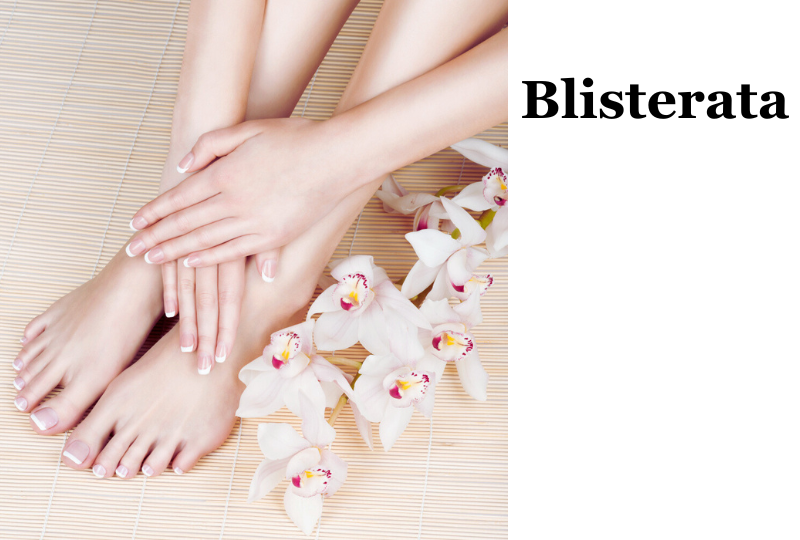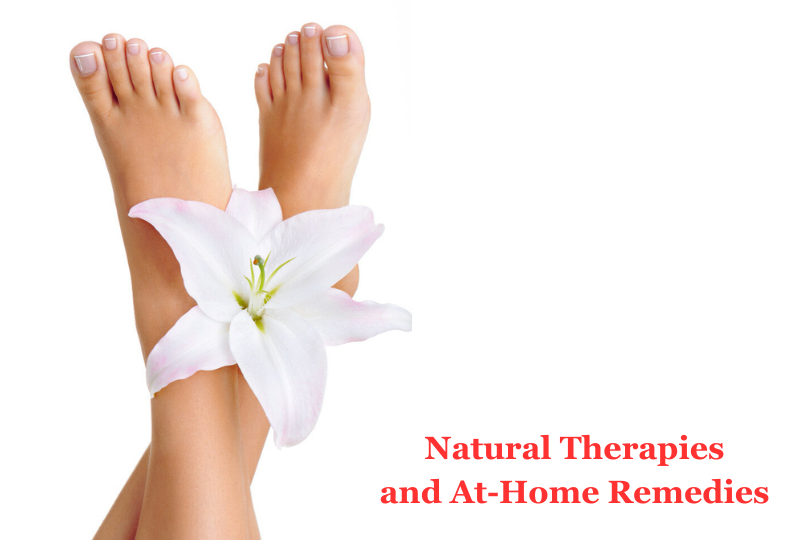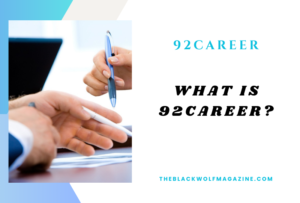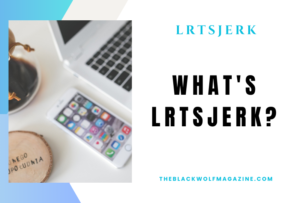
Comprehending, Avoiding, and Handling Blisterata
The little liquid pockets that appear on the skin and are known as blisters can be bothersome and annoying. Maintaining the health of your skin depends on knowing how to avoid and manage blisters, regardless of whether they are brought on by friction, burns, or medical disorders. We’ll go over the science behind Blisterata, how to avoid them, and practical treatment options in this extensive guide to make sure you’re prepared to deal with these bothersome skin conditions.
Knowledge of Blisters: The Science Underpinning the Bubble
A Blister: What Is It?
A blister is a tiny pocket filled with fluid that develops in the space between skin layers. Blisters filled with pus or blood can also form inside this bubble-like structure, which varies in size and is usually filled with a clear fluid.
Reasons for Blisterata
Friction: The friction created by the skin coming into contact with objects like shoes or tools is a typical cause of blisters. The separation of skin layers and the buildup of fluid might result from this friction.
Burns: Blisters may develop from thermal burns, which are brought on by exposure to heat or flames and are the body’s attempt to shield the injured skin.
Infections: As one of their symptoms, several infections, such as herpes simplex or impetigo, can produce blisters.
Allergies: When the skin comes into contact with irritants or allergens, blisters may occur as a result of contact dermatitis or allergic reactions.
Kinds of Blisters
1. Blisters from friction
These are the most prevalent kind, brought on by constant friction or rubbing on the skin.
2. Burning Blisters
Burn blisters are the body’s reaction to thermal injury caused to the skin by heat, fire, or hot surfaces.
3. Blisters with Blood
Blood blisters, which have a red or reddish appearance, can develop as a result of injuries that harm blood vessels beneath the skin.
4. Blisters from the water
Prolonged exposure to moisture, such as wearing damp shoes or clothing for an extended period of time, is usually the cause of water blisters.
Proactive Steps to Avoid Blisters
Appropriate Footwear
Comfortable, well-fitting shoes are essential for preventing friction blisters, particularly on the feet. Make sure your shoes don’t press too hard against your skin.
Control of Moisture
Keep your skin dry, especially where there is a lot of friction. Breathable clothes and socks that wick away moisture can assist in water blisters.
Sufficient Defense
Using the proper protective clothing, such as gloves and aprons, can avoid blistering in areas where burns are a problem, such kitchens or workshops.
Avoiding Allergens
Determine which known allergens and irritants to stay away from if you’re prone to allergic reactions. This could entail avoiding contact with certain triggers and selecting hypoallergenic goods.
How to Meal Plan: 5 Easy Steps for Quick & Easy Meal Planning
Handling Blisters: Acceptance and Refusal
Do not touch intact blisters
A blister acts as a barrier to prevent infection if it is still intact. Do not pop it, as this may lead to a higher infection risk.
Clean Up Before Using
It could be required to drain a blister if it is large, painful, or likely to break on its own. Before delicately puncturing the blister, wipe the area with rubbing alcohol and use a sterile needle or pin.
Carefully empty and tidy
After piercing the blisterata, let the liquid out and wash the affected area with a little soap and water. Use an antiseptic cream to lower the chance of getting sick.
Guard the Blister
To shield the drained blister from bacteria and abrasion, cover it with a sterile dressing or bandage. To keep everything clean, change the dressing frequently.
Prevent Skin Peeling
Leave the underlying skin intact to serve as a natural barrier for healing if the blister roof has peeled off.
Counterfeit Creams
Certain types of blisterata, such as those brought on by allergies or infections, may respond well to over-the-counter ointments or lotions. As directed by the product, adhere to its directions and seek medical advice as necessary.
When to Get Medical Help
Indices of Contamination
A blister could be infected if it turns red, swells, or starts to release pus. Seek early medical attention to ensure you receive the right therapy.
Big or Often Occurring Blisters
Unusual large or recurring blisters should be investigated by a healthcare provider as they may be signs of an underlying medical issue.
Burning Hands
Burn blisters need to be treated very away, especially if they are from serious burns. Severe burn blisters should not be treated at home.
Poor Healing
See a medical expert for a more thorough assessment if a blister fails to heal or worsens in spite of home remedies.

Natural Therapies and At-Home Remedies
Aloe Vera
Aloe vera gel, well-known for its calming qualities, can be used to some types of blisters to assist reduce discomfort and encourage healing.
Oil of Tea Tree
Due to its antibacterial qualities, tea tree oil, diluted with a carrier oil, can be administered topically to blisters exhibiting symptoms of infection.
Ointment with Comfrey
Some people think that applying comfrey ointment, which is made from the comfrey plant, will help blisters heal. Nonetheless, using it should be done so carefully, and speaking with a healthcare provider is advised.
Summary
Blisterata need to be understood, prevented, and treated using a combination of practical steps and information. Whether the reason is friction, burns, or other medical concerns, taking proactive preventive steps and using the right treatments will help reduce discomfort and speed up the healing process. It is always a wise decision to consult a healthcare provider if you are unsure or if blisters appear to be problematic.
FAQ
Should I always seek medical attention when I get a blister, or can I pop it at home?
Blisters that are intact serve as natural barriers and should be left alone, but if they are large, painful, or prone to breaking open on their own, they can be drained at home. Make sure to properly sterilize and adhere to suggested home maintenance procedures. If unsure, consult a physician.
Are there particular ointments or lotions suggested for the treatment of blisters?
For some forms of blisters, over-the-counter treatments with substances like neomycin or bacitracin may be utilized. But it’s crucial to adhere to the product’s directions and, if necessary, seek medical advice.
Is it possible to heal blisters with natural therapies like tea tree oil and aloe vera?
Some people feel that natural medicines with calming and antibacterial characteristics include aloe vera and tea tree oil. Even though they might be helpful in some situations, it’s important to practice caution when using them and speak with a healthcare provider if you have any questions.
Is it usual to have blisters that itch while they heal?
Itching can frequently accompany the skin’s regeneration process during the healing phase. But it’s best to consult a doctor if the itching continues or if it’s accompanied by other worrisome symptoms.
What influences the healing process and how long does it take for a blister to heal?
Blisters heal at different rates based on a variety of factors, including the size, individual healing capacity, and the etiology. When taken care of properly, blisters often heal in one to two weeks. Good recovery is facilitated by keeping the area clean, preventing new irritants, and implementing prescribed treatment plans.





